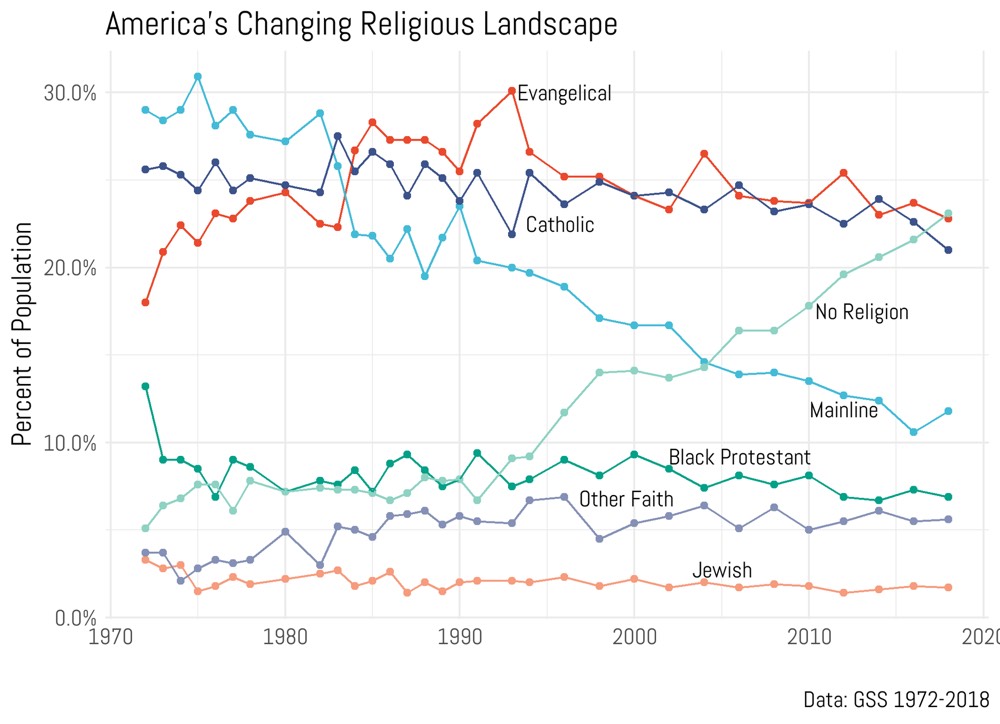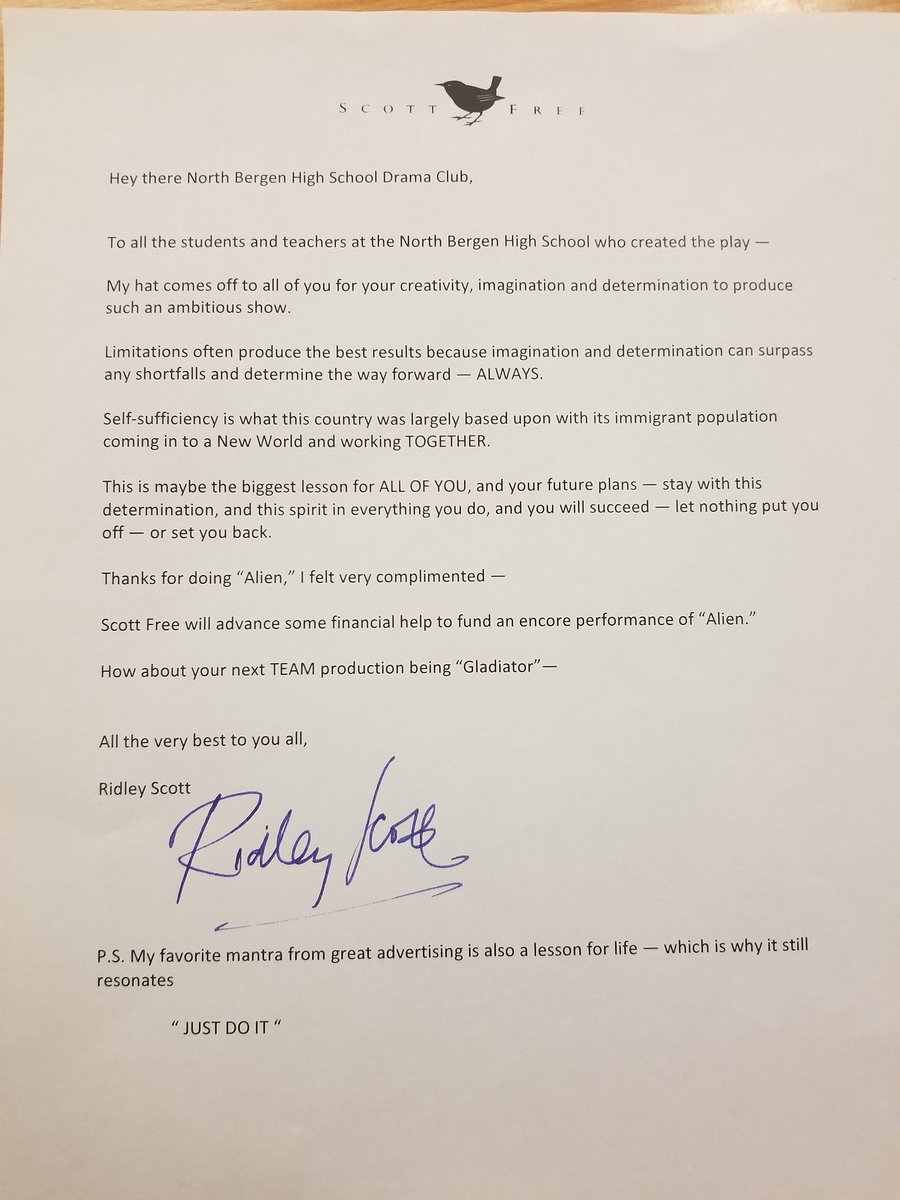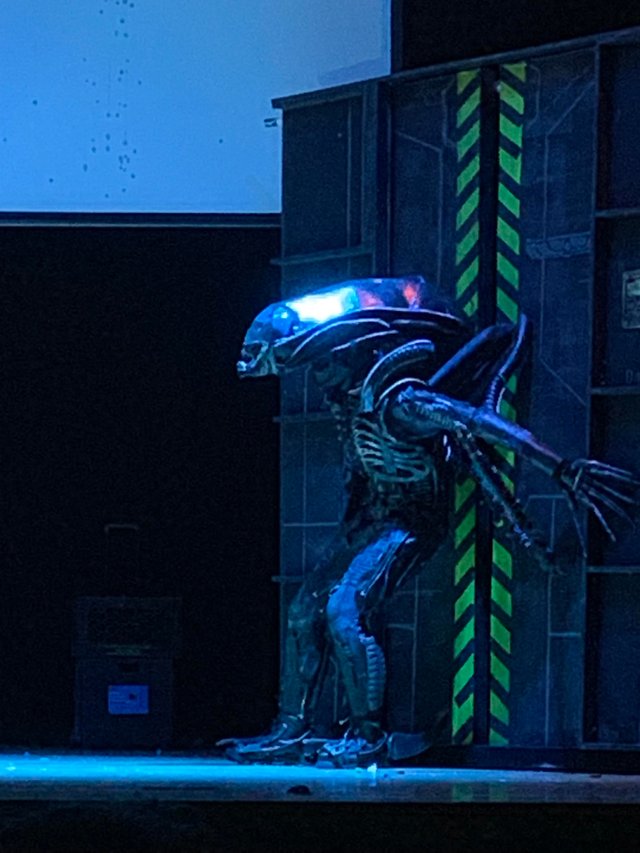[Most Recent Entries] [Calendar View]
Wednesday, April 3rd, 2019
- Creative Writing: The Craft of Character - Wesleyan University - April 1 (4 weeks)
- Russian History: from Lenin to Putin - University of California, Santa Cruz - April 1
- The Modern and the Postmodern (Part 1) - Wesleyan University - April 1 (7 weeks)
- Design Thinking - University of Virginia - April 1 (5 weeks)
- Introduction to Philosophy - University of Edinburgh - April 1 (7 weeks)
- The Science of Well-Being - Yale University - April 1
- A Journey through Western Christianity: from Persecuted Faith to Global Religion (200 - 1650) - Yale University - April 1
- Ancient Philosophy: Plato & His Predecessors - University of Pennsylvania - April 8 (4 weeks)
- Modern American Poetry - University of Illinois at Urbana-Champaign - April 8
- Buddhism and Modern Psychology - Princeton University - April 15 (6 weeks)
- The Importance and Power of Music in our Society - University of the Arts The Hague - April 29
- Women Making History: Ten Objects, Many Stories - Harvard University - April 30
| Time | Event |
| 8:00a | It’s Official: The “Nones”– People Who Profess No Religion–Are Now as Big as Catholics & Evangelicals in the United States
The usual irregularities and shenanigans notwithstanding, the voting patterns of the U.S. electorate may undergo a sea change in the coming decades as the numbers of people who identify as non-religious continue to rise. One of the biggest demographic stories of the last few decades, the rise of the “nones” has been interpreted as a threat and as an inevitable reckoning for corrupt and scandal-ridden institutions driving millions of people out of churches across the country. Politics and social issues are hardly the only reasons, though they poll second in list from a 2017 Pew survey. At number one is “I question a lot of religious teachings," at number three, the slightly more vague “I don’t like religious organizations.” It's maybe a surprise that nonbelief in God appears all the way at number four. Which speaks to an important point. Not all of those exiting the pews have renounced their faith or converted to another, but huge numbers have joined the ranks of those who claim “no religion” in survey and polling data. Their numbers are now equivalent to Catholics and evangelicals, the two religious groups most in decline behind mainline Protestant churches. Political scientist Ryan P. Burge of Eastern Illinois University is not surprised. “It’s been a constant steady increase for 20 years now,” he says, pointing to data from a General Social Survey visualized in the graph above. The last decade has seen the sharpest upturn yet, with "nones" now estimated at 23.1 percent of the population. If this rise—and subsequent plateaus and declines in the major religious groups surveyed (and the batch of non-Judeo-Christian “Other Faith”s dismissively lumped together)—continues, the shift could be dramatic. In 2014, 78% of the unaffiliated, according to Pew polling, were raised in and walked away from a religion. The shift in identity among young people tends to correlate with a shift in politics. The "rising tide of religiously unaffiliated voters," writes Jack Jenkins at Religion News Service, is "a group that a 2016 PRRI analysis found skews young and liberal." It's one that might offset the oversized influence of white evangelicals, who now make up 26% of the electorate and 22.5% of the population. Any such conclusions should be drawn with several caveats. “Evangelicals punch way above their weight,” says Burge. “They turn out a bunch at the ballot box. That’s largely a function of the fact that they’re white and they’re old.” And, he might have added, many are in less economically precarious straits than their children and grandchildren, more susceptible to mass media messaging, and less prone, by design, to finding their vote suppressed. A 2016 PRRI report noted that “religiously unaffiliated Americans do not vote in the same percentages as evangelicals, and are often underrepresented at the polls.” Additionally, and most importantly to point out any time these numbers come up: “the nones” is an entirely overdetermined category full of people who agree on little, but they're not signing up for any church committees any time soon for a handful of loosely-related reasons. If herding atheists, only one part of this group, is like herding cats, trying to corral 23% of the population without any shared creed or specific ideology is corralling an even less predictable menagerie. We need to know far more about what people affirm, as well as what they deny, if we want a clearer picture of where the country’s politics—if not its government or policies—might be headed. via Kottke Related Content: A Visual Map of the World’s Major Religions (and Non-Religions) Animated Map Shows How the Five Major Religions Spread Across the World (3000 BC – 2000 AD) Does Democracy Demand the Tolerance of the Intolerant? Karl Popper’s Paradox Josh Jones is a writer and musician based in Durham, NC. Follow him at @jdmagness It’s Official: The “Nones”– People Who Profess No Religion–Are Now as Big as Catholics & Evangelicals in the United States is a post from: Open Culture. Follow us on Facebook, Twitter, and Google Plus, or get our Daily Email. And don't miss our big collections of Free Online Courses, Free Online Movies, Free eBooks, Free Audio Books, Free Foreign Language Lessons, and MOOCs. |
| 11:00a | High School Kids Stage Alien: The Play, Get Kudos from Ridley Scott and Sigourney Weaver High school drama departments tend to work from a pretty standardized repertoire, which makes sense given the strict limitations they work under: short time frames, school-sized budgets, teenage actors. The elaborate, Hollywood film-like productions staged by Max Fischer in Wes Anderson's Rushmore speak to frustrated high-school theater directors and their fantasies about what they could put on stage with a bit more in the way of resources. But just this month, a real high-school drama club put on a show that out-Max Fischered Max Fischer, drawing not just the astonishment of the internet but the respect of one of the most eminent filmmakers alive. "A New Jersey high school has found itself the unexpected recipient of online acclaim and viral attention for its recent stage production of Alien, the 1979 science-fiction thriller," writes the New York Times' Dave Itzkoff. "Alien: The Play, presented last weekend by the drama club of North Bergen High School, starred a cast of eight students in the film roles originally played by Sigourney Weaver, Tom Skerritt, John Hurt and Ian Holm. Whereas the movie had a budget in the range of about $10 million, Alien: The Play had costumes, props and set designs made mostly from donated and recycled materials." Or as North Bergen student Justin Pierson put it in NJ.com's video on the surprise hit: "This is going to sound really funny but (the set crew) used garbage essentially." With that "garbage" — "just anything that was lying around, like cardboard and metal" — they built not only a set that convincingly evokes the dark claustrophobia of the space ship Nostromo, but a shockingly accurate-looking alien, the terrifying creature originally born from the mind of Swiss illustrator H.R. Giger. The young cast and crew get into detail about how they did it on Syfy's Fandom File podcast: "Much of the attention has highlighted and embraced their DIY approach," writes host Jordan Zakarin, and "they were endlessly creative in building the sets, with hand-puppet aliens, egg crate walls, a stuffed cat (the stand-in for Jones was a particularly ingenious idea), and other sweded props."
Responses to the video clips of Alien: The Play that have circulated on the internet include a personal congratulatory message from the original film's star Sigourney Weaver as well as a letter from its director Ridley Scott, which Alien: The Play's director, North Bergen English-teacher-by-day Perfecto Cuervo, posted on Twitter. "Limitations often produce the best results because imagination and determination can surpass any shortfalls and determine the way forward — ALWAYS," writes Scott, who has built his reputation in the film industry on taking firm and decisive action in the face of any and all production difficulties. He also offers both the funds for an encore production as well as a suggestion: "How about your next TEAM production being Gladiator." No doubt Cuervo and his enterprising players are feeling pretty vindicated in their decision not to do Our Town right about now.
Related Content: Ridley Scott Demystifies the Art of Storyboarding (and How to Jumpstart Your Creative Project) Ridley Scott Walks You Through His Favorite Scene from Blade Runner Elementary School Students Perform in a Play Inspired by David Lynch’s Twin Peaks Based in Seoul, Colin Marshall writes and broadcasts on cities, language, and culture. His projects include the book The Stateless City: a Walk through 21st-Century Los Angeles and the video series The City in Cinema. Follow him on Twitter at @colinmarshall or on Facebook. High School Kids Stage Alien: The Play, Get Kudos from Ridley Scott and Sigourney Weaver is a post from: Open Culture. Follow us on Facebook, Twitter, and Google Plus, or get our Daily Email. And don't miss our big collections of Free Online Courses, Free Online Movies, Free eBooks, Free Audio Books, Free Foreign Language Lessons, and MOOCs. |
| 2:00p | 2,400+ MOOCs (Massive Open Online Courses) Getting Started in April: Enroll Today FYI. 2,400+ MOOCs (Massive Open Online Courses) are getting underway in April, giving you the chance to take free courses from top flight universities. With the help of Class Central, we've pulled together a complete list of April MOOCS. And below we've highlighted several courses that piqued our interest. The trailer above comes from the University of Edinburgh's Introduction to Philosophy. Here's one tip to keep in mind: If you want to take a course for free, select the "Full Course, No Certificate" or "Audit" option when you enroll. If you would like an official certificate documenting that you have successfully completed the course, you will need to pay a fee. You can browse through the complete list of April MOOCs here. Follow Open Culture on Facebook and Twitter and share intelligent media with your friends. Or better yet, sign up for our daily email and get a daily dose of Open Culture in your inbox. If you'd like to support Open Culture and our mission, please consider making a donation to our site. It's hard to rely 100% on ads, and your contributions will help us provide the best free cultural and educational materials. 2,400+ MOOCs (Massive Open Online Courses) Getting Started in April: Enroll Today is a post from: Open Culture. Follow us on Facebook, Twitter, and Google Plus, or get our Daily Email. And don't miss our big collections of Free Online Courses, Free Online Movies, Free eBooks, Free Audio Books, Free Foreign Language Lessons, and MOOCs. |
| 5:11p | A Brief Animated Introduction to the Life and Work of Frida Kahlo Reducing an artist’s work to their biography produces crude understanding. But in very many cases, life and work cannot be teased apart. This applies not only to Sylvia Plath and her contemporary confessional poets but also to James Joyce and Marcel Proust and writers they admired, like Dante and Cervantes. Such an artist too is Frida Kahlo, a practitioner of narrative self-portraits in a modernizing idiom that at the same time draws extensively on tradition. The literary nature of her art is a subject much neglected in popular discussions of her work. She wrote passionate, eloquent love poems and letters to her husband Diego Rivera and others, full of the same kind of visceral, violent, verdant imagery she deployed in her paintings. More generally, the “obsession with Kahlo’s biography,” writes Maria Garcia at WBUR, ends up focusing “almost voyeuristically—on the tragic experiences of her life more than her artistry.” Those terribly compounded tragedies include surviving polio and, as you’ll learn in Iseult Gillespie’s short TED-Ed video above, a bus crash that nearly tore her in half. She began painting while recovering in bed. She was never the same and lived her life in chronic pain and frequent hospitalizations. Perhaps a certain cult of Kahlo does place morbid fascination above real appreciation for her vision. “There’s a compulsion that’s satiated only through consuming Kahlo’s agony,” Garcia writes. But it’s also true that we cannot reasonably separate her story from her work. It’s just that there is so more to the story than suffering, all of it woven into the texts of her paintings. Kahlo’s mythology, or “inspirational personal brand,” ties together her commitments to Marxism and Mexico, indigenous culture, and native spirituality. Like all self-mythologizers before her, she folded her personal story into that of her nation. And unlike European surrealists, who “used dreamlike images to explore the unconscious mind, Kahlo used them to represent her physical body and life experiences.” The experience of disability was no less a part of her ecology than mortality, symbolic landscapes, floral tapestries, animals, and the physically anguished experiences of love and loss. Generous approaches to Kahlo’s work, and this short overview is one of them, implicitly recognize that there is no need to separate the life from the work, to the extent that the artist saw no reason to do so. But also, there is no need to isolate one narrative theme, whether intense physical or emotional suffering, from themes of self-transformation and transfiguration or experiments in re-creating personal identity as a political act. Related Content: Artists Frida Kahlo & Diego Rivera Visit Leon Trotsky in Mexico: Vintage Footage from 1938 Frida Kahlo’s Passionate Love Letters to Diego Rivera Josh Jones is a writer and musician based in Durham, NC. Follow him at @jdmagness
A Brief Animated Introduction to the Life and Work of Frida Kahlo is a post from: Open Culture. Follow us on Facebook, Twitter, and Google Plus, or get our Daily Email. And don't miss our big collections of Free Online Courses, Free Online Movies, Free eBooks, Free Audio Books, Free Foreign Language Lessons, and MOOCs. |
| << Previous Day |
2019/04/03 [Calendar] |
Next Day >> |







